Last-mile delivery refers to the last leg of the shipping process, where goods are shipped from a distribution center to the customer’s doorstep. It’s a critical part of logistics, directly impacting customer satisfaction. Urban congestion, remote delivery points, and rising customer expectations can make last-mile delivery inefficient and costly. Traffic delays in cities cause delivery slowdowns while reaching rural areas, often resulting in longer routes and additional expenses.
Delivery experiences play a crucial role in building brand loyalty. 44% of consumers feel that brands fall short in providing a positive delivery experience. Whereas 98% of consumers consider delivery a key factor in their commitment to a brand.
To remain competitive, businesses must address these issues by adopting more efficient technologies, improving route planning, and optimizing delivery networks. This article will explore the everyday challenges of last-mile delivery and offer practical solutions that help companies streamline their processes, reduce costs, and enhance customer satisfaction.
Key Challenges in Last-Mile Delivery
Key challenges in last-mile delivery can significantly impact operational efficiency and customer satisfaction. Understanding these pain points allows businesses to find effective solutions and stay competitive in today’s fast-paced logistics environment. Here are some of the significant challenges:
- Traffic Congestion: Urban areas often face heavy traffic, leading to delays and increased delivery times. Delivery vehicles stuck in traffic extend delivery windows and increase fuel consumption and operational costs. Businesses must account for unpredictable traffic conditions, disrupting delivery schedules and impacting customer satisfaction.
- High Costs: Last-mile delivery represents 53% of total shipping costs, highlighting it as a key area for optimization to improve profitability and boost customer satisfaction. Multiple stops, smaller deliveries, and labor expenses contribute to higher operational costs, making it challenging to maintain profitability.
- Limited Access to Remote Areas: Delivering to rural or remote locations often involves longer travel times and fewer delivery points per trip, which leads to inefficiencies. The lack of infrastructure and logistical support further complicates timely deliveries to these areas. Moreover, the added distance and fewer orders per route make scaling delivery operations in remote regions costly.
Intoglo, a door-to-door cross-border logistics provider specializing in the India-to-USA trade lane helps solve this by offering multiple routing options, ensuring more efficient deliveries to hard-to-reach locations. Our special contract rates for remote areas further reduce costs, allowing businesses to expand their delivery reach without compromising profitability.
- Seasonal Demand Fluctuations: During peak seasons like holidays, the surge in delivery demand can overwhelm logistics networks. Businesses struggle to meet the increased order volumes, leading to delays, errors, and higher operational pressure. Seasonal demand spikes often require temporary staffing and additional resources, further escalating costs and operational complexity.
- Lack of Real-Time Visibility: Logistics teams struggle to provide accurate delivery updates to customers without real-time tracking and data. This lack of visibility affects planning and makes it harder to address delivery disruptions promptly. Inconsistent communication can also erode customer trust and make optimizing delivery routes in response to real-time conditions difficult.
- Outdated Technology: Relying on manual processes or outdated systems limits efficiency. Without advanced route optimization or automated processes, businesses face unnecessary delays, errors, and higher operational costs in their last-mile delivery operations. Upgrading to modern technologies like AI-powered route planning and real-time tracking is crucial for overcoming these limitations and staying competitive in the evolving logistics landscape.
Also Read: Understanding Last Mile Carrier Tracking: Its Importance and Characteristics
Technological Solutions for Improving Last-Mile Delivery
Technological advancements are transforming last-mile delivery by addressing common challenges and streamlining operations. By accessing the correct tools, businesses can streamline delivery operations, lower costs, and improve customer satisfaction.
Here are some key technological solutions that improve last-mile delivery:
- Investing in Route Optimization:
Using AI and machine learning (ML) for route optimization allows businesses to plan the most efficient delivery routes based on real-time data. These technologies enable dynamic adjustments in response to traffic, weather conditions, and delivery priorities, reducing fuel consumption and minimizing delays. Optimized routes improve operational efficiency and ensure faster and more accurate deliveries, keeping customers satisfied.
- Real-Time Tracking and Communication:
Utilizing GPS and RFID technology allows businesses to offer real-time delivery tracking, giving customers and logistics teams full transparency into the delivery process. This ensures constant communication between all stakeholders, enabling timely updates and quick resolution of issues.
Intoglo’s AI-powered real-time tracking updates enhance this process by providing highly accurate delivery windows and dynamic updates to inform customers about the status of their orders. This advanced tracking capability reduces the chances of missed deliveries and strengthens customer confidence by delivering a seamless and reliable delivery experience.
- Smart Warehousing
Establishing micro-fulfillment centers closer to high-demand areas shortens the distance between goods and customers. By strategically placing fulfillment centers, businesses can reduce delivery costs, speed up order fulfillment, and respond more effectively to fluctuations in demand, particularly in busy metropolitan regions.
Alternative Delivery Methods
As businesses face rising customer demands and last-mile delivery challenges, alternative delivery methods offer innovative solutions to enhance efficiency and reduce costs. These methods diversify delivery options and help manage fluctuating demand while improving customer convenience.
- Crowdsourced Delivery Fleets
Crowdsourcing handles deliveries through third-party drivers or local couriers, especially during demand surges. By tapping into a flexible, on-demand workforce, businesses can scale up quickly without needing a full-time fleet. This model reduces delivery times and operational costs, particularly during peak seasons, while providing more coverage in hard-to-reach or less densely populated areas.
- Autonomous Deliveries
Autonomous delivery technologies reduce reliance on human labor, cutting operational costs and increasing delivery efficiency. Delivery robots are suited for short-distance, urban routes, while drones can cover remote areas or congested cities faster than traditional vehicles. As these technologies evolve, they offer promising solutions for contactless, 24/7 deliveries.
- Lockers and Pickup Points
Lockers and designated pickup points provide secure locations where customers can conveniently collect their packages. This method reduces failed deliveries and offers flexibility for both businesses and consumers. By consolidating multiple deliveries to a single point, companies can optimize routes, reduce costs, and minimize delivery windows, offering a convenient and cost-effective solution for last-mile delivery.
Sustainable and Eco-Friendly Solutions
Sustainability is becoming a key focus in last-mile delivery as businesses strive to reduce their environmental impact while maintaining efficiency. Implementing eco-friendly solutions helps meet regulatory requirements and resonates with consumers who value environmental responsibility.
- Using Electric Vehicles: Transitioning to electric vehicles (EVs) for last-mile delivery reduces carbon emissions and environmental impact. EVs are well-suited for short, frequent trips in urban settings. As battery technology continues to improve, they are becoming an increasingly viable and cost-efficient choice for businesses aiming to adopt sustainable practices.
Beyond reducing emissions, EVs also offer lower operating costs, making them both eco-friendly and economically advantageous in the long run.
- Optimizing Delivery Routes: Optimizing delivery routes decreases fuel consumption and emissions by reducing travel distance and time on the road. AI-driven route optimization tools can adjust routes in real time, factoring in traffic conditions and delivery locations to ensure vehicles take the most efficient paths.
This reduces unnecessary mileage, fuel use, and overall environmental impact while improving delivery efficiency.
- Sustainable Packaging: Using sustainable packaging materials is another critical step towards eco-friendly delivery. Businesses increasingly adopt biodegradable, recyclable, or reusable packaging to reduce waste. By avoiding plastic and other non-recyclable materials, companies can significantly reduce their environmental footprint while aligning with consumer preferences for environmentally friendly products.
Intoglo takes sustainability seriously by offering eco-friendly shipping options for Full Container Load (FCL) services from India to the USA. Our sustainability efforts involve utilizing energy-efficient ships and optimizing shipping routes to lower fuel consumption and emissions.
Enhancing Customer Experience
Improving the customer experience is important for businesses aiming to boost loyalty and satisfaction, particularly in last-mile delivery. A seamless, convenient, transparent delivery process can significantly elevate customer perceptions. Here are some strategies for improving the customer experience:
Real-Time Status Updates
Providing customers with real-time tracking information is essential for keeping them informed throughout the delivery process. With GPS and AI-powered solutions, businesses can offer live updates on delivery status, estimated arrival times, and even notifications about unexpected delays. This transparency boosts customer confidence and reduces inquiries and complaints, as customers have clear visibility over their orders.
Flexible Delivery Scheduling
Flexibility in delivery options is a growing customer expectation. Customers can choose specific delivery windows or reschedule their delivery according to their convenience, which enhances their overall experience. Offering same-day, next-day, or even weekend delivery options gives customers more control over their orders, catering to their schedules and preferences.
Efficient Reverse Logistics
Handling returns efficiently is another vital aspect of a positive customer experience. A streamlined reverse logistics process ensures that customers can easily return products without hassle. Providing clear instructions, pre-paid return labels, and convenient drop-off or pickup options simplifies the process and reduces friction. Efficient reverse logistics improves customer satisfaction and strengthens brand loyalty, as customers appreciate the ease of returning or exchanging items.
By focusing on real-time communication, flexible options, and streamlined returns, businesses can significantly enhance their last-mile delivery experience, driving customer satisfaction and loyalty.
Best Practices for Cost Control
Managing costs effectively in last-mile delivery is essential for maintaining profitability while meeting customer expectations. Implementing best practices can help businesses control expenses without compromising on service quality. Here are key strategies for cost control:
- Effective Route Planning
Optimizing delivery routes is one of the most efficient ways to control last-mile delivery costs. AI-powered route planning tools allow businesses to identify the shortest, most efficient paths, reducing fuel consumption, vehicle wear and tear, and overall delivery times. Real-time adjustments based on traffic conditions and delivery priorities further minimize unnecessary delays, helping businesses save on operational costs while improving delivery efficiency.
- Leveraging Data Analytics
Data analytics can provide valuable insights into delivery performance, helping businesses identify inefficiencies and opportunities for cost savings. By analyzing delivery times, fuel usage, and customer demand patterns, companies can fine-tune their operations and make informed decisions on resource allocation. Predictive analytics can also help forecast demand, ensuring the right resources are available to meet delivery needs.
- Seasonal Workforce Management
During peak seasons, hiring a temporary workforce helps manage the surge in delivery demand without inflating permanent staff costs. Seasonal workforce management enables businesses to scale their operations efficiently, ensuring deliveries are met without delays. However, planning and providing proper training for temporary staff are crucial to maintaining service quality while keeping labor costs in check.
By integrating these best practices, such as route optimization, data-driven decision-making, and scalable workforce strategies, businesses can effectively manage costs in last-mile delivery while maintaining a high standard of service.
Conclusion
In conclusion, last-mile delivery presents challenges, from traffic congestion and high costs to seasonal fluctuations and outdated technology. However, by leveraging innovative solutions like AI-driven route optimization, real-time tracking, and sustainable practices, businesses can remove the obstacles and create a more efficient, customer-centric delivery process. The key is adopting flexible, technology-driven strategies that streamline operations, reduce costs, and meet rising customer expectations.
Intoglo offers a comprehensive Full Container Load (FCL) service, providing seamless logistics solutions from India to the USA with a focus on transparency, efficiency, and sustainability. Key services include:
- Late-Mile Delivery: Reliable delivery services to ensure shipments reach their final destination efficiently.
- 3PL Warehousing Across the USA: Extensive third-party warehousing options throughout the USA for streamlined storage and distribution.
- Dedicated Business Support: Tailored logistics support to help businesses optimize their international shipping needs.
- End-to-End Tracking: Real-time tracking with Glotrack—Intoglo’s tracking module, from pickup to delivery, providing full visibility throughout the shipping process.
- Customs Compliance: Expertise in customs regulations to ensure smooth clearance and avoid delays.
- Direct, Layer-less Process: A straightforward logistics process without middlemen, enhancing timely delivery, reliability and reducing costs.
- Sustainable Shipping Options: Eco-friendly shipping solutions that reflect a commitment to reducing environmental impact.
Whether handling large international shipments or focusing on efficient last-mile delivery, Intoglo’s FCL services ensure a reliable and hassle-free logistics experience.


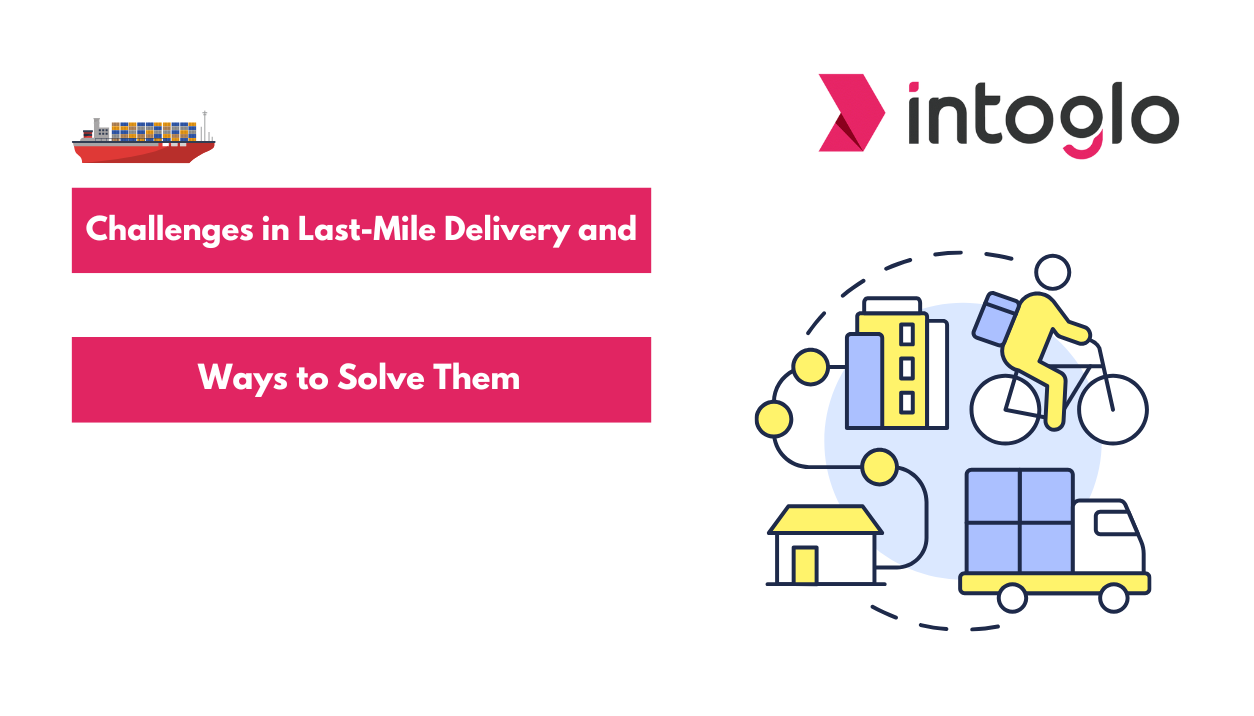
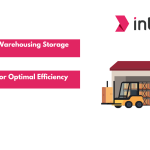
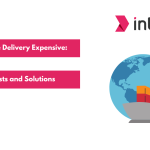
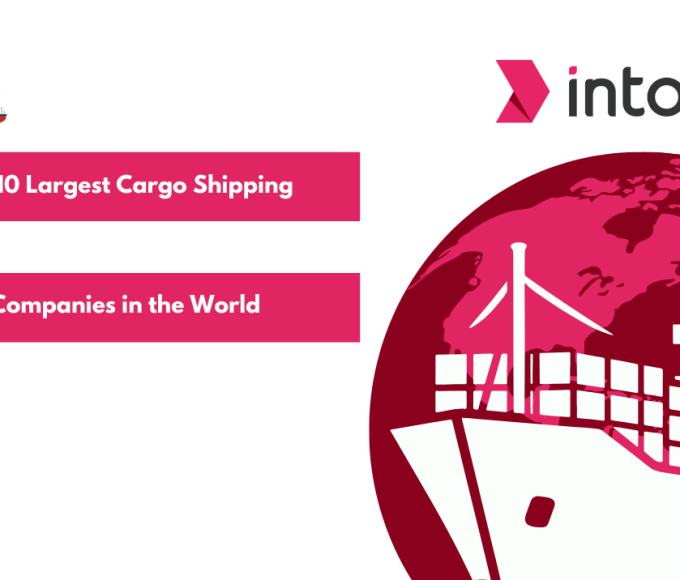
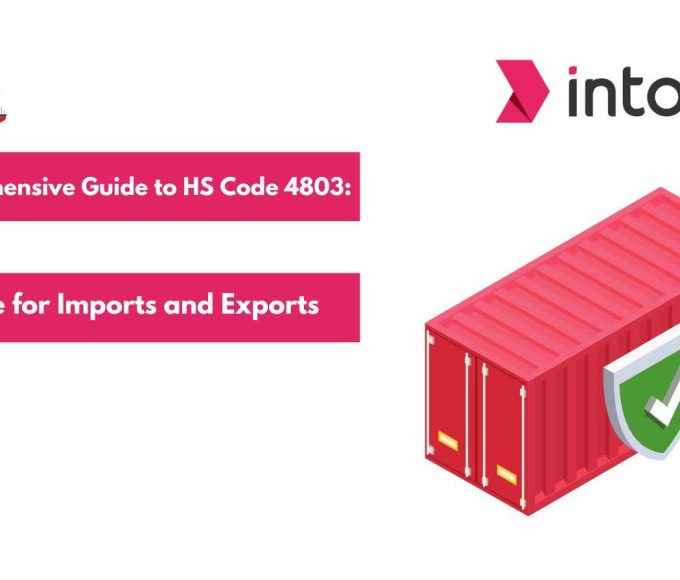
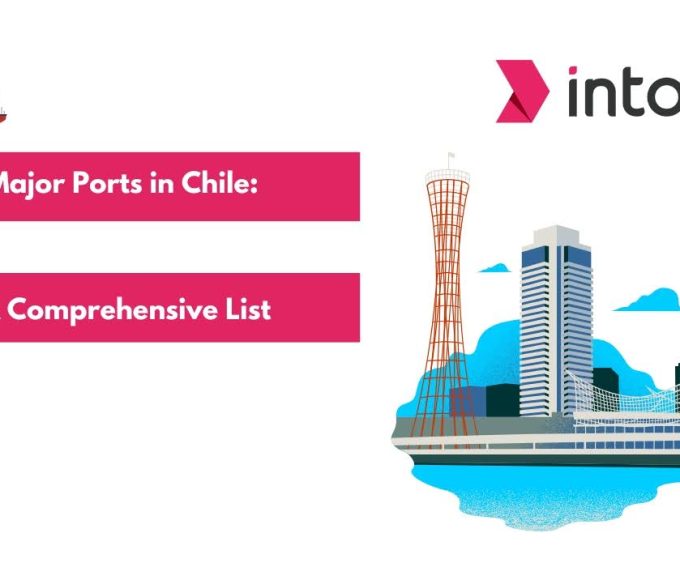
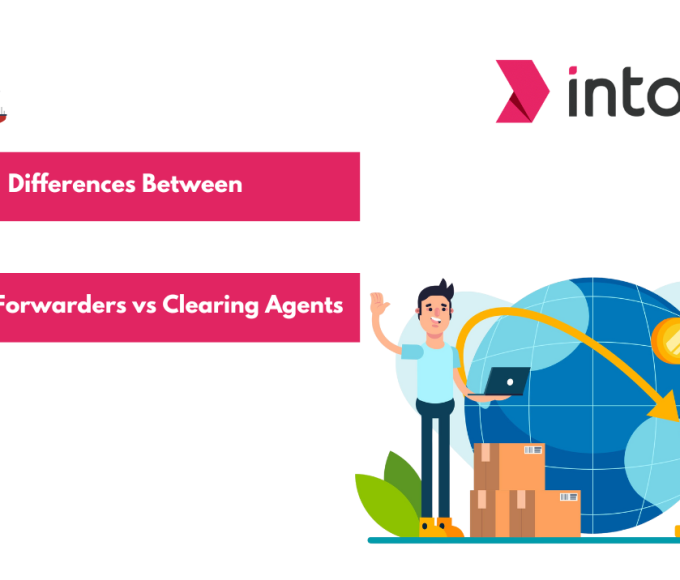
Leave a comment